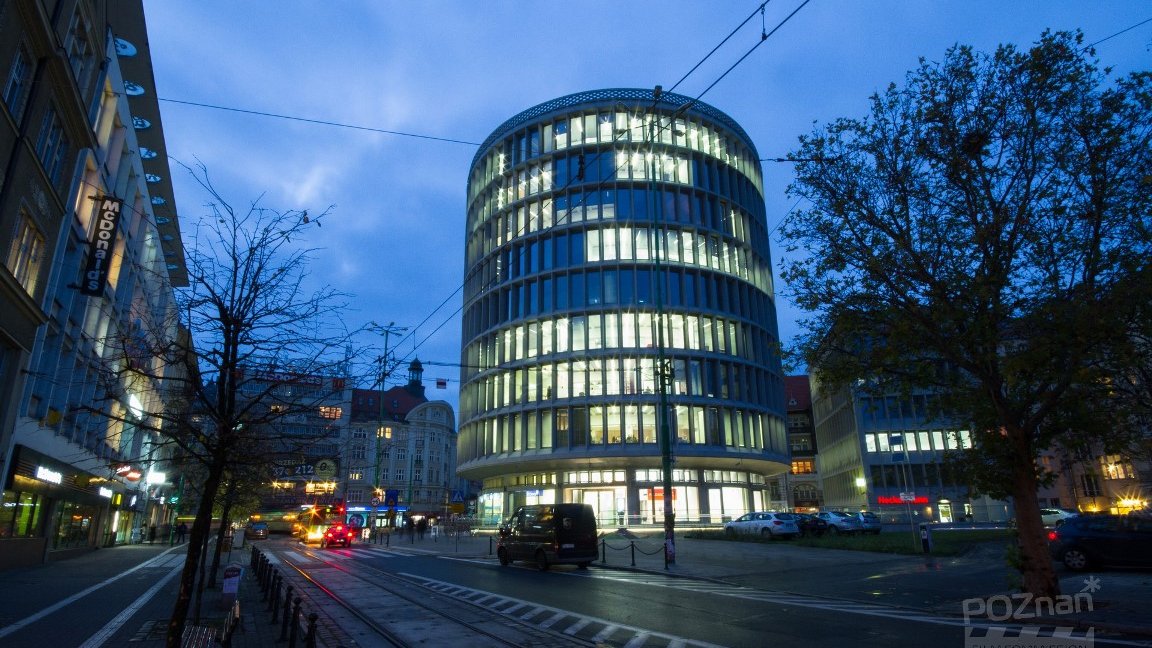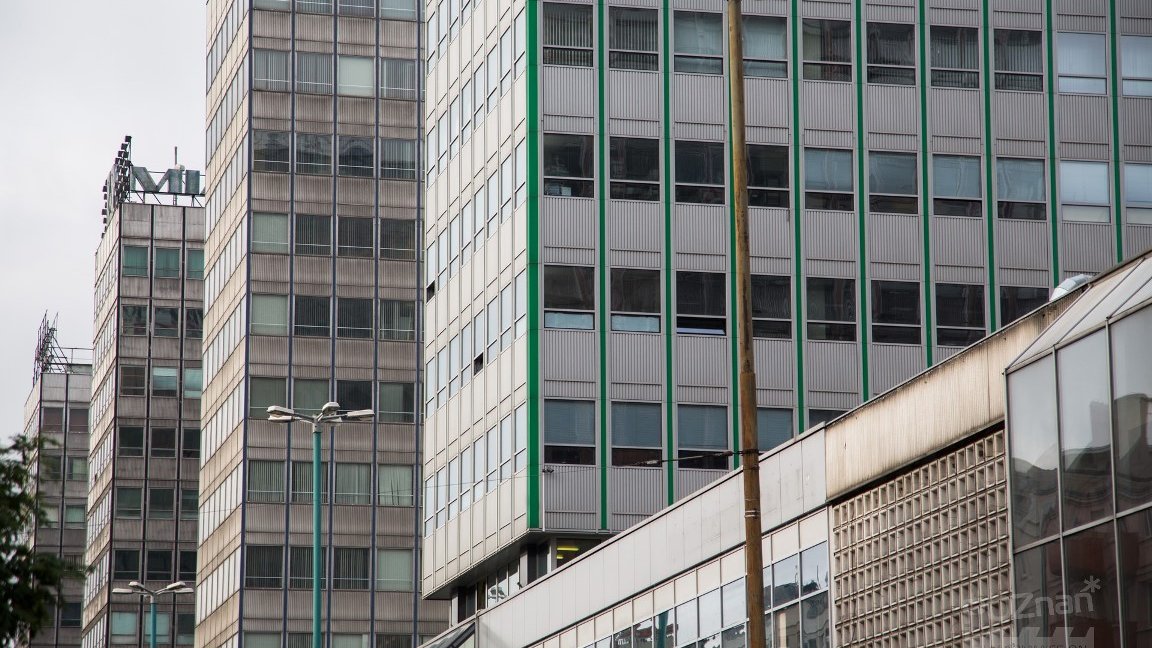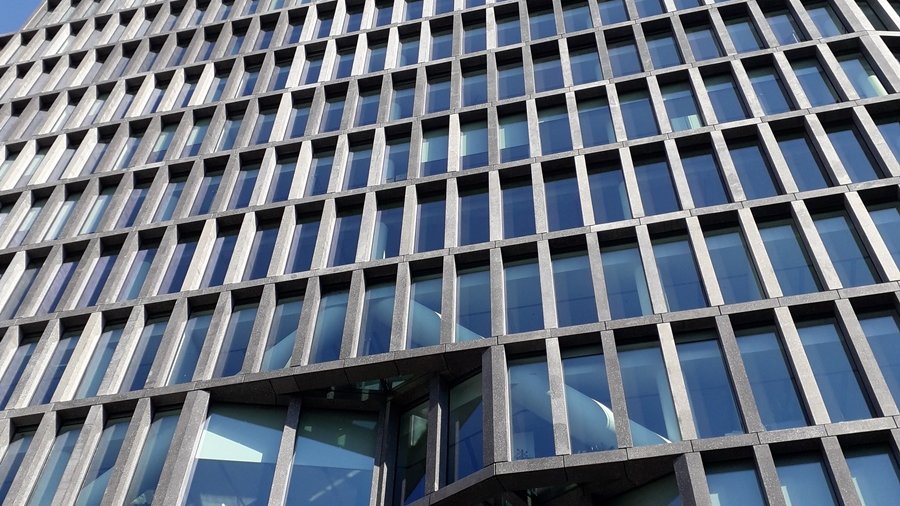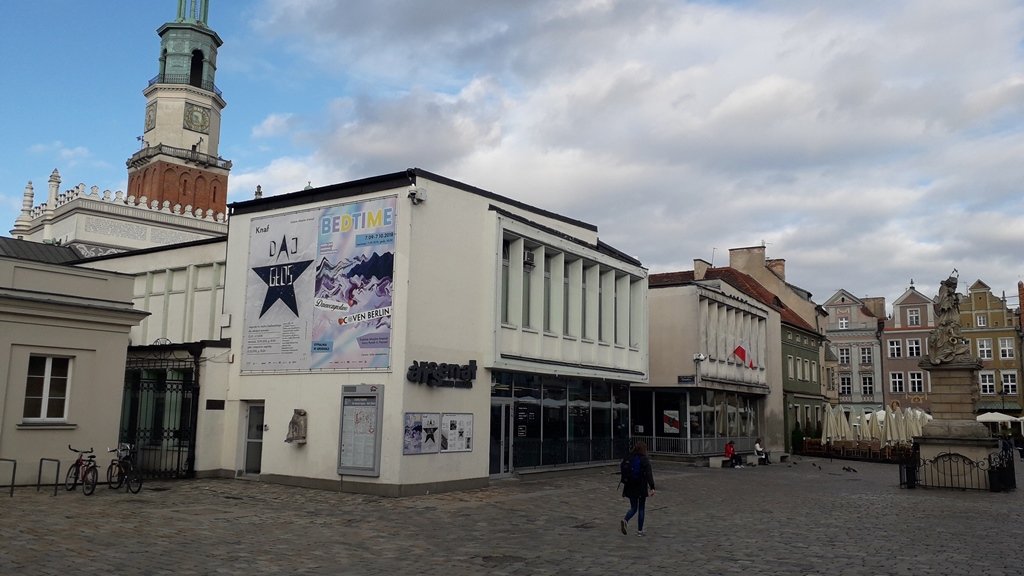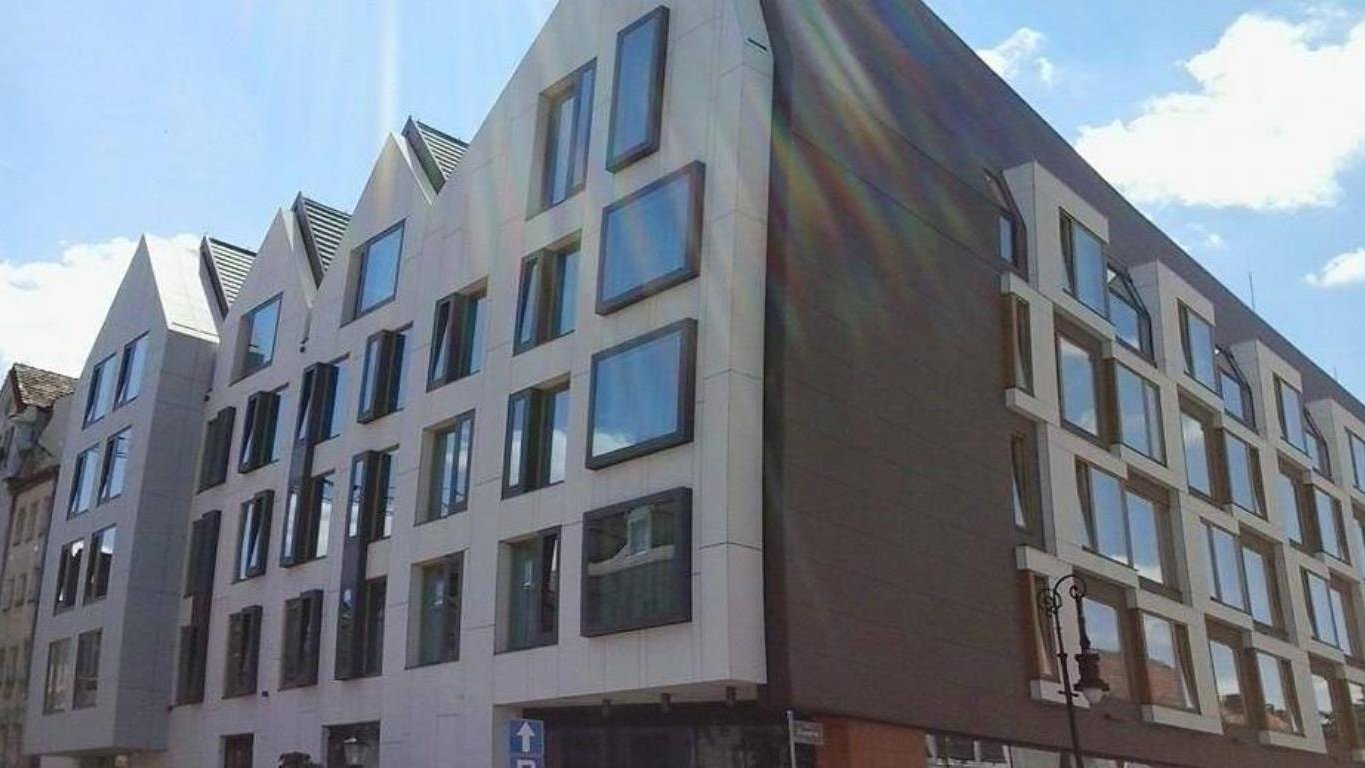Tradition and modernity
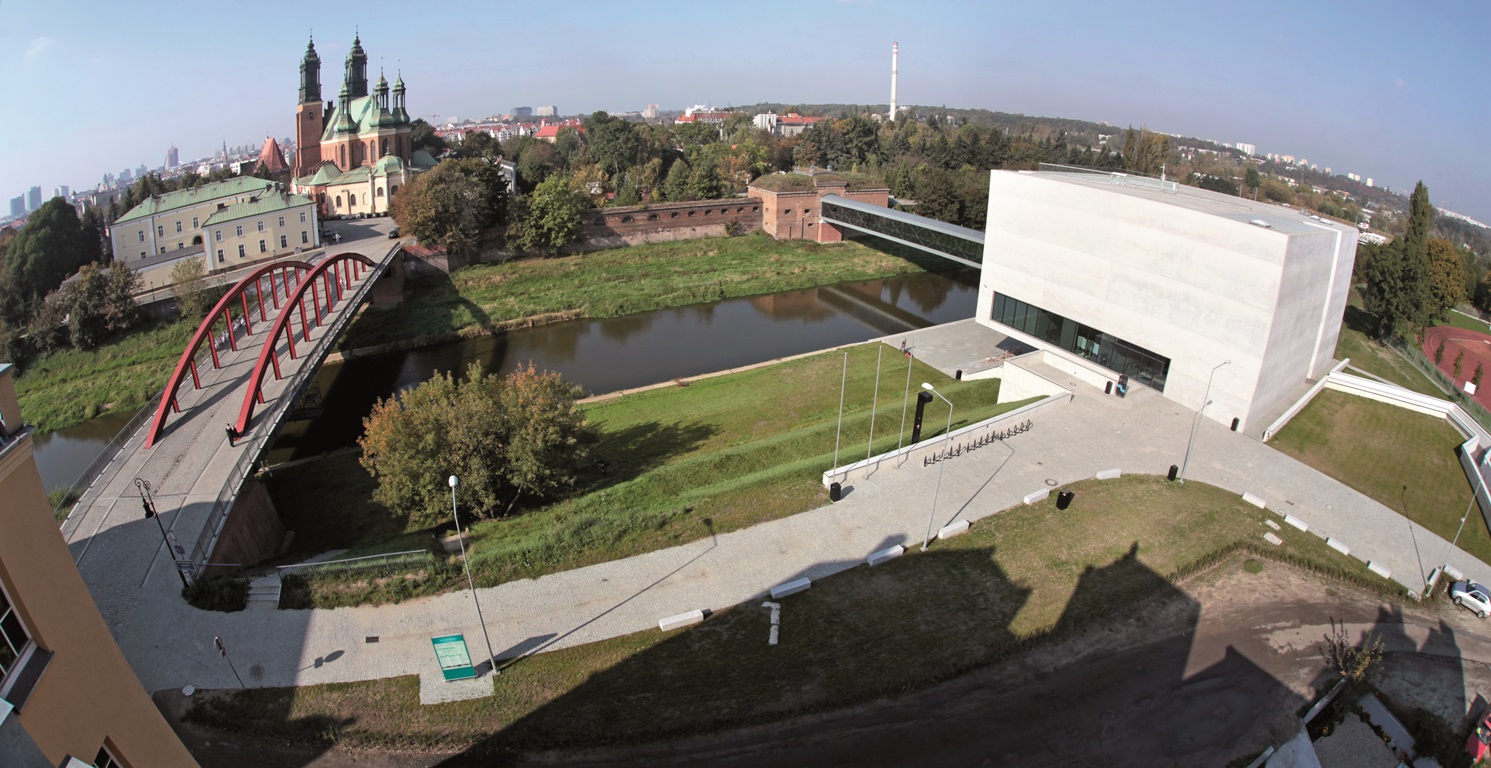
Commonly associated with the communist period, modernist architecture is not very popular with Poles. And yet, the people of Poznań have never yielded to the general reluctance to embrace it. The best place to start your tour of Poznań's architecture is with the most celebrated of the city's modernist buildings - the Okrąglak. In the 1940s and "50s, supporters of social realism criticised this former department store for being "a flagrant example of cosmopolitanism". Despite concerted criticism, the construction of the edifice proceeded to completion. Since 1955, the building has been a major landmark for tourists and Poznań residents alike.
A few hundred metres from the Okrąglak is a row of five high-rises known as the Alfa department stores. They were erected in the late 1960s and the early 1970s on a site once occupied by townhouses that were devastated during World War II. The intention was to give Poznań's centre the air of a major city. Today, somewhat forgotten, they await a facelift, if not a thorough restoration to their former glory.
Fans of architectural controversies must not miss the Old Market Square. Heated debates never cease over the modernist Arsenal complex in the square. Its raw pavilion-style buildings have been implanted into a neighbourhood of historic (or stylized) townhouses. The idea to demolish these seats of the Galeria Miejska Arsenał (the Arsenal Municipal Gallery) and the Wielkopolska Military Museum is currently awaiting approval and execution.
History and modernity blend interestingly in another piece of Poznań's architecture. The Stary Browar (the Old Brewery Arts and Business Centre) has become Poznań's showcase. Considered iconic, and a gem of Poznań's architecture, it was made by reconstructing and revitalising the mid-19th-century Huggers Brewery. Such modern materials as metal and glass combine with red brick, reminiscent of the industrial era. In a space of 130,000 sq. meters, the Old Brewery houses 200 shops, restaurants, offices and a cinema. But this is not all. Its hallways are graced by works of contemporary art, among them the sculpture "Moonlight" by Igor Mitoraj and an installation by Leon Tarasewicz.
For Poznań, the 21st century was more than just a period of rapid growth. Recent years have seen scores of successful architectural projects come to completion. One of the most prominent of these is the Bałtyk tower, considered to be Poland's best-looking new edifice of 2017. The appearance of this high-rise office building changes depending on the observer's angle. This true chameleon of a building can be broad or slender, tall or stocky. Importantly, the edifice integrates seamlessly with the surrounding urban fabric. Close observers will notice affinities to the Okrąglak, from which it drew inspiration for the shape of its windows! The structure's triangular form results from close observations of the surrounding architecture - it repeats a shape found in the attics of Poznań's townhouses.
The spirit of historic architecture can be felt distinctly in the buildings of the Puro hotel near the Old Market Square. Its modern minimalist building, dating back to 2014, has copied many of the features of nearby townhouses.
Poznań's modern architecture does not shy away from contrasts. An opposition to the historic nature of Ostrów Tumski (Cathedral Island) is embodied in the Porta Posnania - a raw structure encapsulated in a concrete cube. This interactive centre dedicated to the history of Cathedral Island offers more than insights into the history of the Polish state. A uniquely-designed glass interstice provides a tantalising view of Poznań's Cathedral, showing how tradition can meet modernity.
Aleksandra Skowrońska
© Wydawnictwo Miejskie Posnania 2018
See more

Waltzes, jazz songs and carols

From One Celebration to Another

Christmas Markets and Fairs with Attractions


